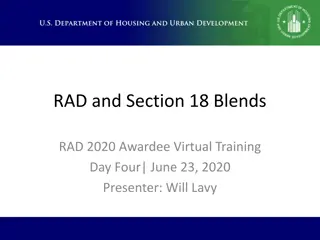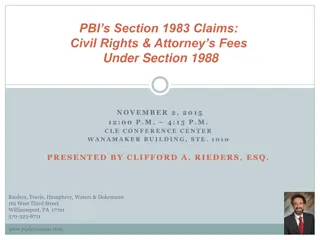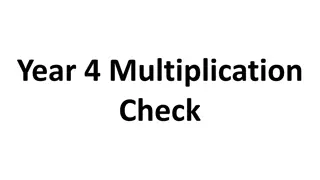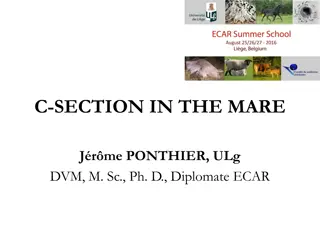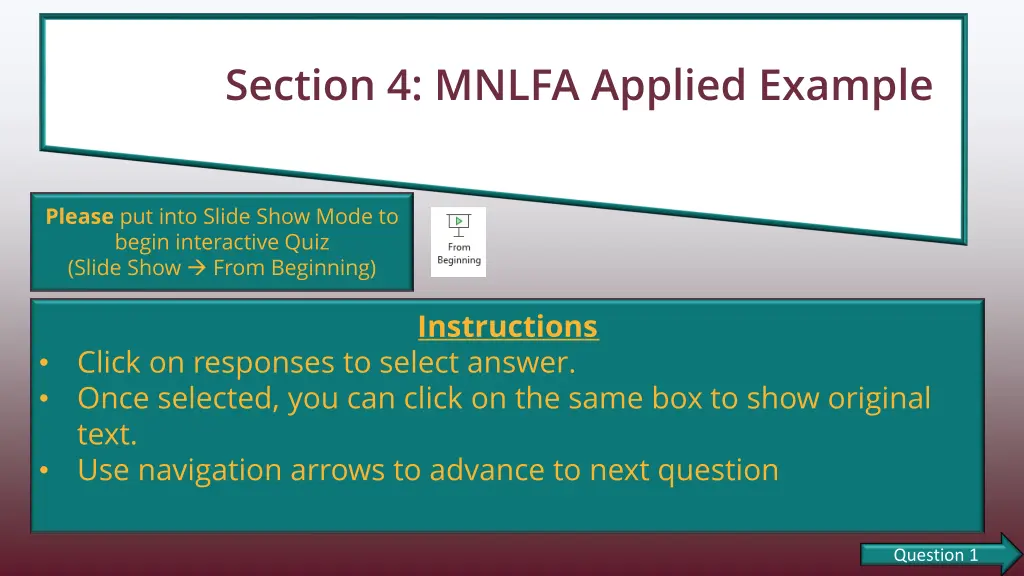
Understanding LASSO Regularized MNLFA Analysis
Discover the rationale behind using LASSO regularized MNLFA analysis, how to interpret non-zero DIF parameters, and the goals of modeling impact effects. Engage in an interactive quiz to test your knowledge on these advanced statistical concepts.
Download Presentation

Please find below an Image/Link to download the presentation.
The content on the website is provided AS IS for your information and personal use only. It may not be sold, licensed, or shared on other websites without obtaining consent from the author. If you encounter any issues during the download, it is possible that the publisher has removed the file from their server.
You are allowed to download the files provided on this website for personal or commercial use, subject to the condition that they are used lawfully. All files are the property of their respective owners.
The content on the website is provided AS IS for your information and personal use only. It may not be sold, licensed, or shared on other websites without obtaining consent from the author.
E N D
Presentation Transcript
Section 4: MNLFA Applied Example Please put into Slide Show Mode to begin interactive Quiz (Slide Show From Beginning) Instructions Click on responses to select answer. Once selected, you can click on the same box to show original text. Use navigation arrows to advance to next question Question 1 Question 1
Knowledge Check 1 If we need to re-estimate the model anyway afterward, why do we bother with the LASSO regularized MNLFA analysis? This is not accurate the parameters will be biased as a result of the shrinkage prior, which is why the model is typically re-estimated if the goal is to get an accurate estimate of the magnitude of DIF instead of just separating DIF items from non-DIF items. parameters. The regularized model produces unbiased estimates of DIF A Because regularization requires standardizing all variables, binary grouping variables are effect-coded, which makes interpretation more challenging. The re-estimated model using maximum likelihood can use the original coding and simplify interpretation of impact. estimates. The regularized model produces easier-to-interpret impact B This is correct LASSO regularization allows anchor items to emerge from the data instead of being specified a prior. The result is that any item whose DIF parameter does not go to zero in the regularized model is interpreted as having DIF. ahead of time. We can identify DIF items without specifying the anchor items C Previous Question Next Question Previous Question Next Question
Knowledge Check 2 How do we interpret a non-zero DIF parameter from a LASSO regularized MNLFA? If the parameter is non-zero, then the item is flagged as exhibiting DIF (for its slope and/or intercept, depending on the parameter). This is correct. A This is not automatically true, and is one of the reasons why it is common to re-estimate the model via maximum likelihood to get more interpretable parameter estimates. An item might be flagged for DIF but the DIF could be very small, and/or the DIF for multiple items could cancel out. If the parameter is non-zero, then the item is flagged as exhibiting non-negligible DIF for its slope and/or intercept. B As in any other DIF analysis, DIF can be construct-relevant or construct-irrelevant. The former is usually of substantive interest and might not warrant removing the item. The latter is generally representative of a fairness issue and generally does warrant removal. be removed. If the parameter is non-zero, then the item exhibits bias and should C Previous Question Next Question Previous Question Next Question
Knowledge Check Why is the following statement false? In LASSO regularized MNLFA, the goal is to prune impact effects so that we can estimate all DIF parameters. 3 This describes an under-identified model that cannot be useful estimated in practice via LASSO regularization or maximum likelihood more broadly. The goal is typically to estimate all DIF and all impact parameters. A Impact parameters in regularized MNLFA are typically unpenalized. The goal is to penalize and therefore prune DIF parameters to reduce This is correct see Bauer et al. (2019, p. 46 shortly after equation 9), Bauer (2023), and Thissen (2024). measurement bias. B The goal is to retain impact effects but to determine, step by step, whether all slopes are invariant across background variables, followed This describes measurement invariance analysis, which uses the same machinery as DIF analysis but differs in its goals and specific procedures. See Thissen (2024). by whether all intercepts are invariant across background variables. C Previous Question Next Question Previous Question Next Question
You have reached the end of this learning check Please click anywhere to exit! Previous Question Previous Question






